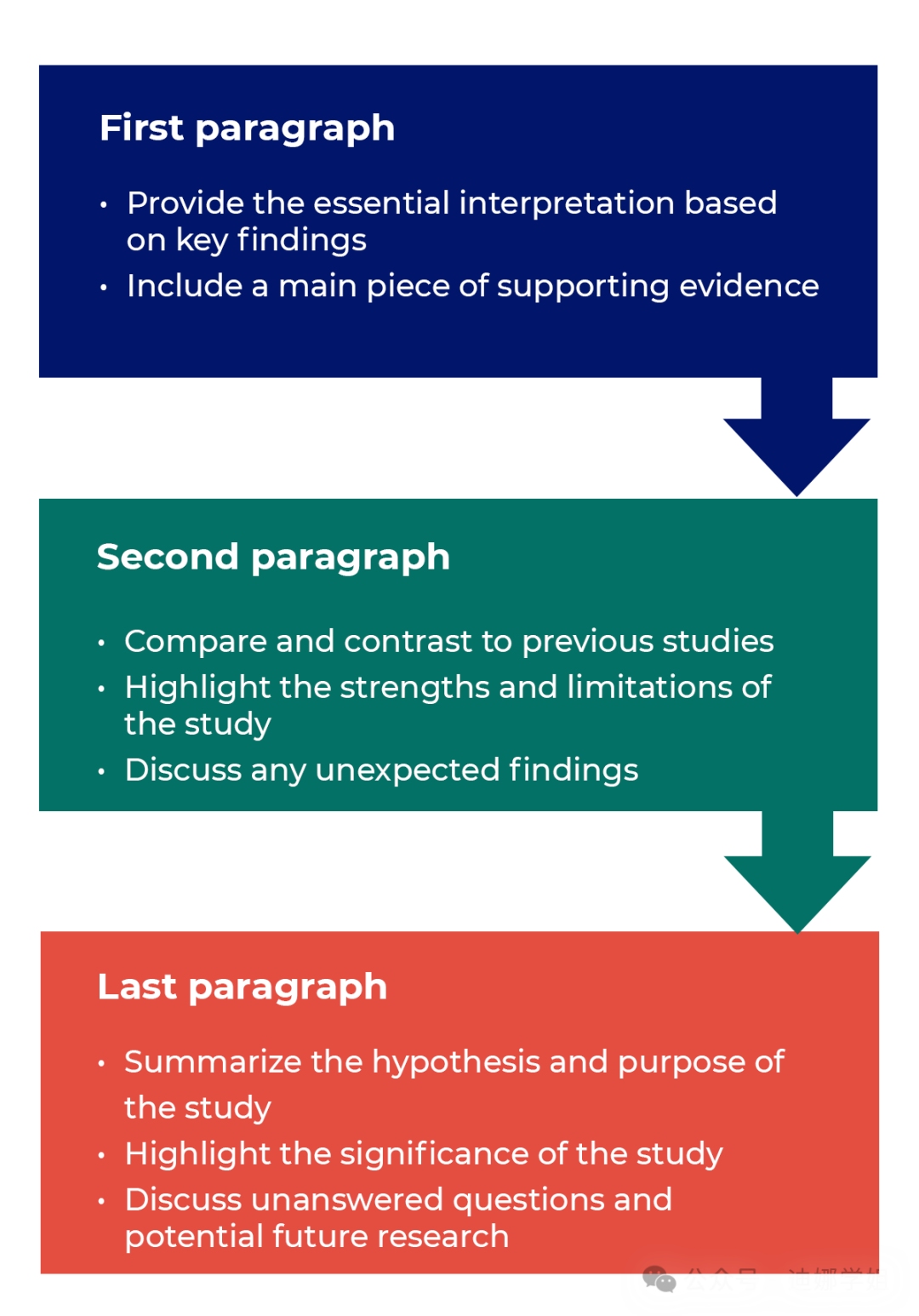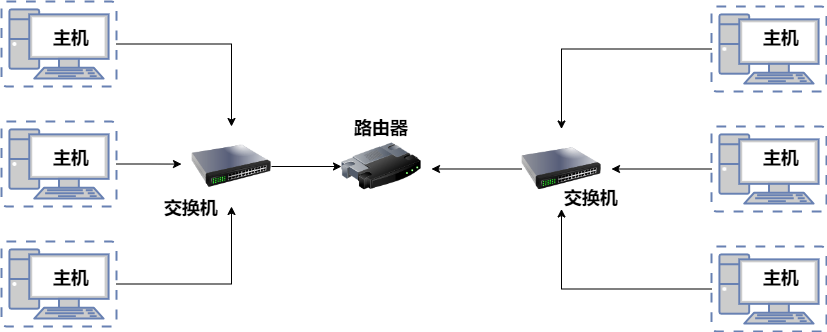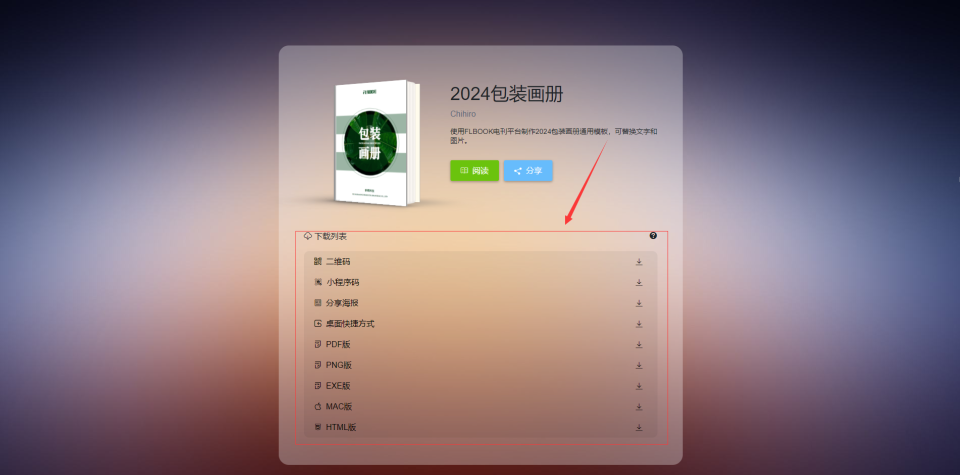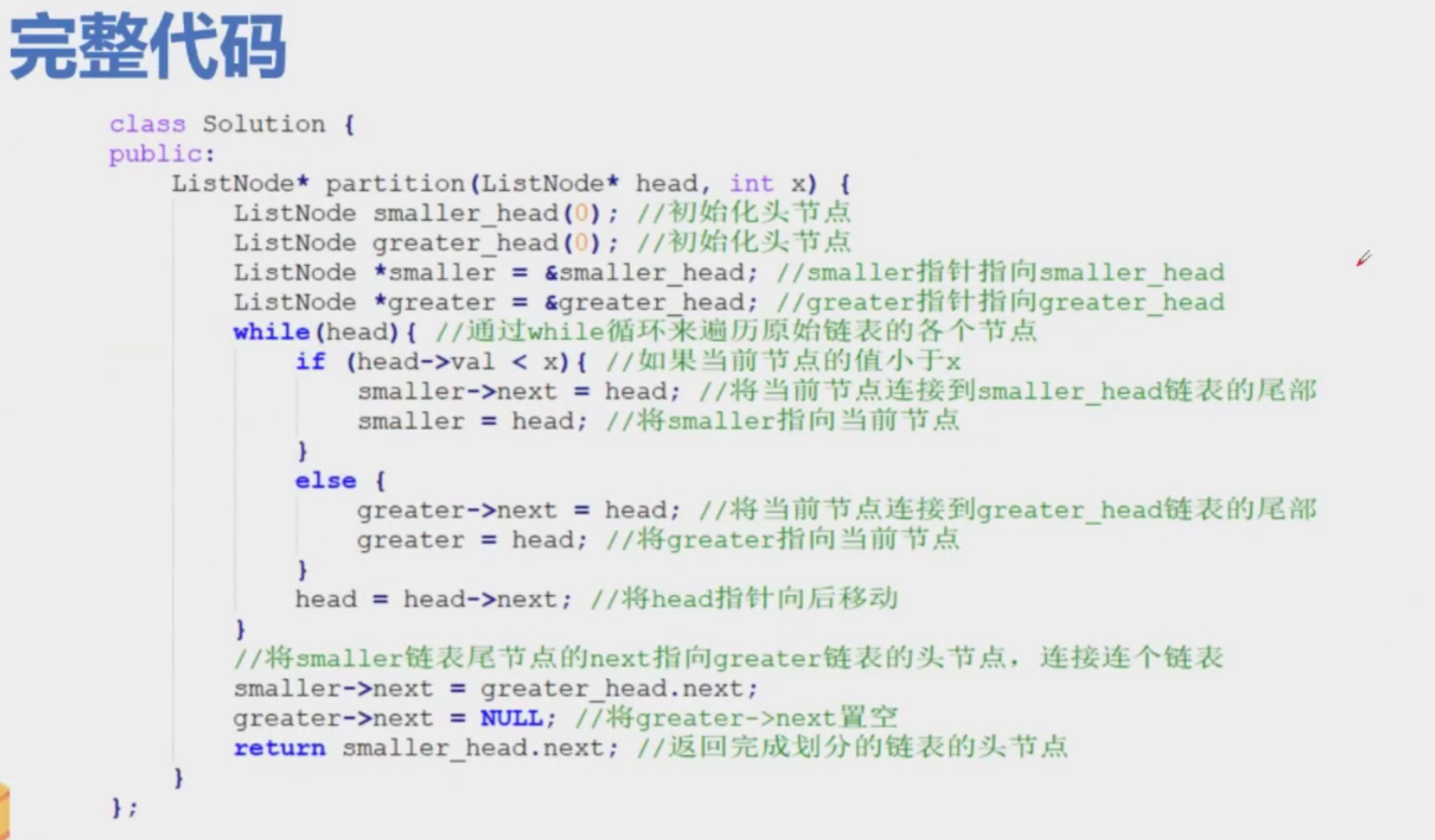我是娜姐 @迪娜学姐 ,一个SCI医学期刊编辑,探索用AI工具提效论文写作和发表。

关于论文讨论Discussion部分的撰写,娜姐之前写过几篇文章:
1 Discussion讨论部分被3个审稿人说没深度没逻辑,用这个AI工具三步拯救了我!
2 SCI论文中的讨论部分该怎么写?
不可否认,讨论部分想要写好,是很不容易的。需要结合你的结果和已知文献结论,进行深入对比分析,需要一定的知识积累。讨论部分的实际目的,其实是要通过对比分析,强调你的研究的创新性和合理性。
在正式撰写讨论之前,你可以问自己以下6个问题,以便做到逻辑自洽,讨论的全面深入:
1 我的假设是正确的吗?
2 如果我之前的假设部分正确,又或者与已发表的文献结论完全不同,那么,从我的结果中实际推断出的结论是什么?
3 先前的研究对该主题已有哪些结果?我的结论如何改变或补充该领域的现有知识?
4 为什么我的结果对该领域很重要?这些结果是否为科学共识增添了新的证据或反驳了先前的研究?
5 在我的研究基础上,未来的研究将如何进行?哪些关键实验必须进行?
6 你希望给读者留下印象最深的结论点是什么?
关于讨论部分的框架结构:
一般首段再次总结论文的主要结果,强调意义;紧跟着的2-5段,会结合已知文献逐一讨论对比每个结果,或相似或相反,分析一下原因是什么;最后是本研究的局限性和优势;Conclusion部分再次总结本研究的主要贡献及意义。

图:简化的讨论部分段落框架:第二段“和以往研究结果的对比”,一般会展开成3-5段。
讨论部分容易犯的错误,有以下四点:
1 引入结果部分没有提到的新结论或证据。讨论部分提到的所有结果必须在Results部分已经呈现过了,不能在讨论部分引入新的结论。
2 对局限性或负面结果避而不谈。局限性和负面结果将使读者了解你的研究课题的全貌,是对你论文结果未涉及部分或不完美部分的有益补充,审稿人也会很关注这部分内容。
3 Limitations局限性部分的撰写推翻了你的方法或结果部分的陈述。即使你的研究存在重大局限性,也不能以己之矛攻己之盾,推翻你自己的结果,否则论文将很难站得住脚。
4 夸大你的研究的重要性。对于你的研究如何充分解决重大问题做出过于宏大的陈述,会引起reviewer和读者的质疑。毕竟学术研究还是更提倡实事求是,有凭有据。
讨论部分的例句模板:
总结本研究结果:
This study has identified …
The research has also shown that …
These experiments confirmed that …
This study has found that generally …
The investigation of X has shown that …
和以往研究进行对比分析:
支持过往研究结果:
This study confirms that X is associated with …
This finding is consistent with that of Smith (2000) who …
Comparison of the findings with those of other studies confirms …
This also accords with our earlier observations, which showed that …
These results corroborate the findings of a great deal of the previous work in …
In accordance with the present results, previous studies have demonstrated that …
Consistent with the literature, this research found that participants who reported using X also …
和过往研究结果相反:
This study has been unable to demonstrate that …
However, this result has not previously been described.
This outcome is contrary to that of Smith et al. (2001) who found …
This finding is contrary to previous studies which have suggested that …
In contrast to earlier findings, however, no evidence of X was detected.
The yields in this investigation were higher compared to those of other studies.
However, the findings of the current study do not support the previous research.
讨论本研究的局限性:
This current study is limited by the absence of …/the possible effect of …/the fact that it only surveyed …/by the fact that it was restricted to …
The most important limitation lies in the fact that …
The main weakness of this study was the paucity of …
未来研究展望:
A further study with more focus on X is therefore suggested.
There is abundant room for further progress in determining …
Future studies on the current topic are therefore recommended.
Further work is needed to develop reliable analytical methods for …
To develop a full picture of X, additional studies will be needed that …
In future investigations, it might be possible to use a different X in which …









![[ruby on rails]部署时候产生ActiveRecord::PreparedStatementCacheExpired错误的原因及解决方法](https://i-blog.csdnimg.cn/direct/9e7759f7390747a5a939d6429d1c450a.png)









